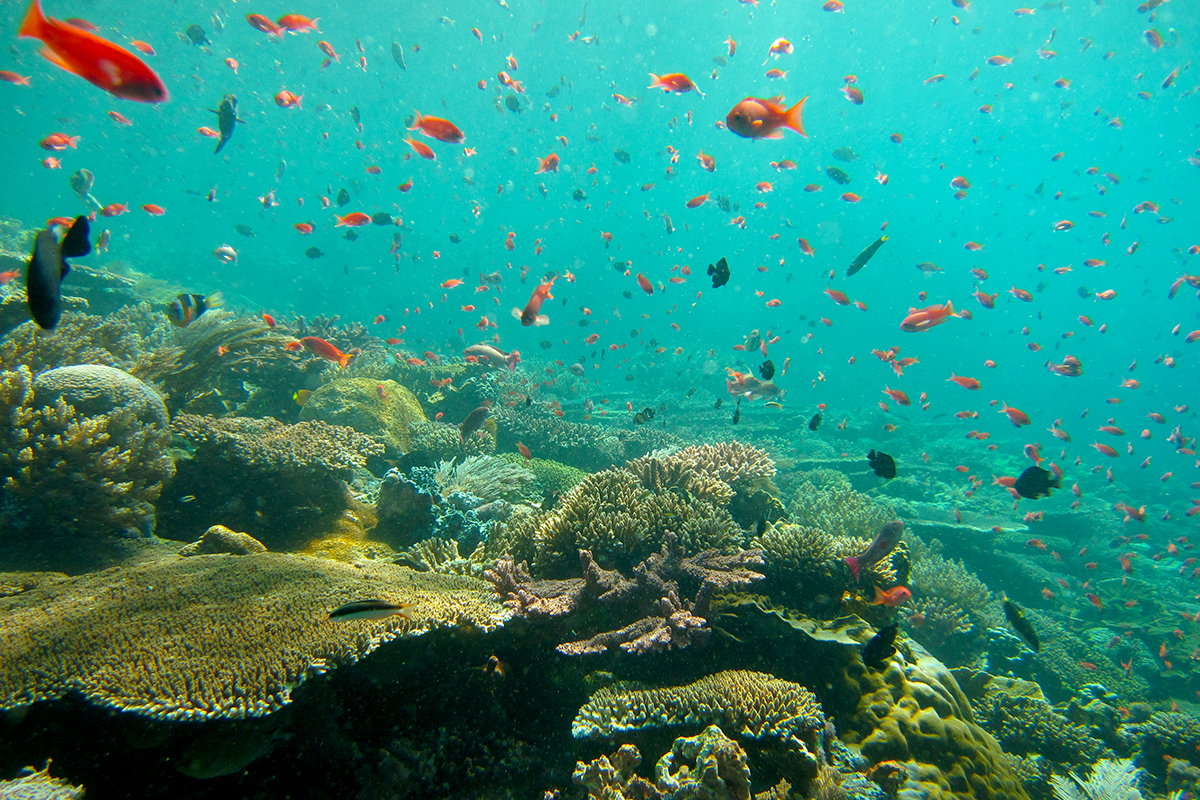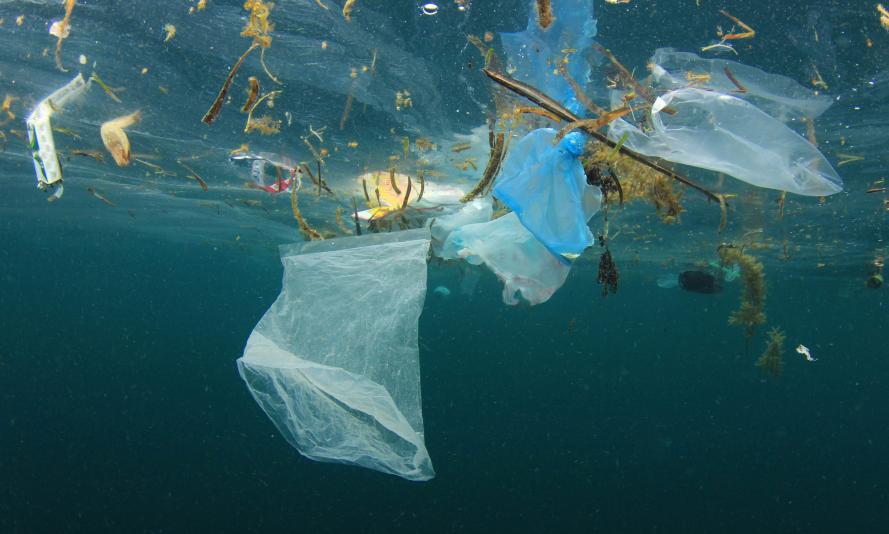OCEAN POLLUTION
Posted on: October 7, 2020




THIS POST IS A CRITICAL EVALUATION OF THE CLAIM THAT HUMANS NOW THREATEN OCEAN ECOLOGY WITH PLASTICS POLLUTION.
THE OCEANIC PLASTICS POLLUTION ISSUE
Two good sources for the plastics pollution issue are the CONSERVATION.ORG SITE LINK: https://www.conservation.org/ AND THE GREENPEAC.ORG SITE LINK: https://www.greenpeace.org/international/story/18278/how-i-woke-up-to-the-plastic-pollution-problem/
The alarm is in the form of how these plastic substances interfere with oceanic life forms but more importantly, the sheer mass of plastic substances being dumped into the ocean. The sheer mass issue is addressed in this post and is best described in this CNN report: LINK: https://edition.cnn.com/2020/10/06/world/microplastics-oceans-14-million-metric-tons-intl-hnk/index.html .
The plastics pollution alarm raised by CNN in this October 2020 report says that although most of us are now aware of the enormity and the horror of the plastics pollution of humans in the ocean, the exact numbers have not been available. It then reports that recent research by scientists in Australian has been able to come up with that number – and that number is a staggering “14 million metric tons of microplastics sitting on the seafloor“, much larger than what scientists and environmentalists had imagined. This new study by Australia’s national science agency CSIRO, where they used robotic submarines to collect sediment from the ocean floor, sheds new light on the issue of plastics pollution of the ocean.
This issue is much larger than we had imagined. The total amount of plastics now found to be sitting on the ocean floor is 35 times as much as what we could previously see floating on the ocean. And what’s even more alarming is that the plastic has disintegrated into tiny bits that poses an even greater pollution threat to the ocean. These tiny pieces are described as microplastics.
FOOTNOTE: A SIMILAR RESEARCH WAS CARRIED OUT IN MONTEREY BAY, CALIFORNIA WHERE THEY ALSO FOUND MICROPLASTICS IN THE DEEP SEA. , USA AS SEEN IN THIS YOUTUBE VIDEO.
CRITICAL COMMENTARY
Here we address the issue of the amount of plastic found in the ocean floor presented by the scientists and by CNN as an enormous amount that threatens ocean ecology by virtue of its sheer mass. The total amount of microplastics in the ocean floor worldwide is estimated to be 14 million metric tons presented by CNN as an enormous number that threatens ocean ecology by its sheer volume.
In the context of the ocean, we note that 14 million metric tonnes is 0.000000001% of the total weight of the ocean or 0.00001ppm (parts per million). This comparison may not be very clear because of the very small numbers involved. An alternative comparison is presented below.
A 1mm (one millimeter) layer of the ocean weighs 368808 metric tonnes. This means that the total amount of microplastics in the ocean is 14/368808 or 0.00378% of the weight of a one millimeter layer of the ocean.
We conclude from this analysis that, although throwing plastic into the ocean is not a good idea because it may harm ocean life that we need for our own sustenance, the relative quantity involved does not appear to be a catastrophic threat to the ocean or its biota. The ocean is a very big place and the ocean itself has more ways to hurt ocean biota with geological activity than the unmeasurably tiny impact the humans can have on the ocean. Related post in ocean acidification: LINK: https://tambonthongchai.com/2020/08/14/ocean-volcanism/
Leave a comment